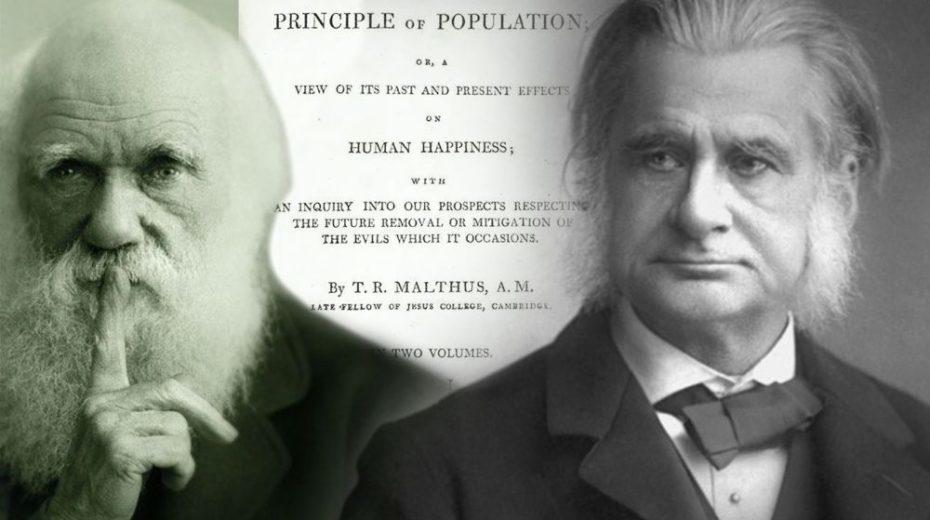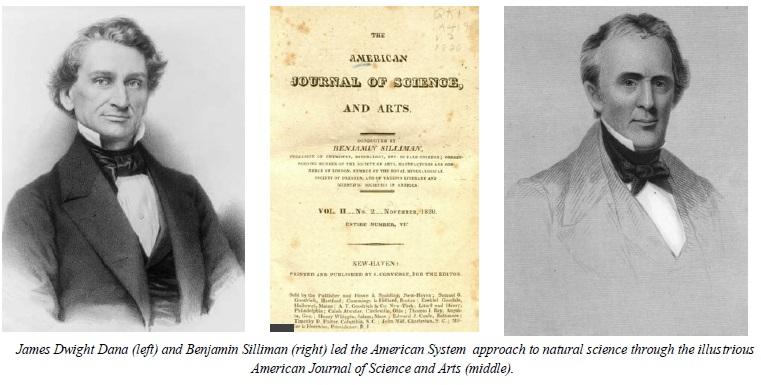If capitalism is driven by a search for profit, the food delivery business confuses the hell out of me. Every platform loses money. Restaurants feel like they're getting screwed. Delivery drivers are poster children for gig economy problems. Customers get annoyed about delivery fees.
Isn't business supposed to solve problems?
Last week's Uber-Grubhub news set off some antitrust alarms for me and got me thinking about the business of food delivery as a whole. But let me start this newsletter with a story about Pizza Arbitrage.

Market Inefficiencies
In March 2019 a good friend who owns a few pizza restaurants messaged me (this friend has made appearances in prior Margins' pieces). For over a decade, he resisted adding delivery as an option for his restaurants. He felt it would detract from focusing on the dine-in experience and result in trying to compete with Domino's.But he had suddenly started getting customers calling in with complaints about their deliveries.
Customers called in saying their pizza was delivered cold. Or the wrong pizza was delivered and they wanted a new pizza.
Again, none of his restaurants delivered.
He realized that a delivery option had mysteriously appeared on their company's Google Listing. The delivery option was created by Doordash.
To confirm, he had never spoken with anyone from Doordash and after years of resisting the siren song of delivery revenue, certainly did not want to be listed. But the words "Order Delivery" were right there, prominently on the Google snippet.

He messaged me asking me if I knew anything about Doordash, and oh boy, did I get Softbank-triggered. I had just read about their $400 million Series F and it was among the WeWorkian class of companies that, for me, represented everything wrong about startup evolution through the 2010s. Raise a ton of money, lose a ton of money, and just obliterate the basic economics of an industry.
Doordash was causing him real problems. The most common was, Doordash delivery drivers didn't have the proper bags for pizza so it inevitably would arrive cold. It led to his employees wasting time responding to complaints and even some bad Yelp reviews.
But he brought up another problem - the prices were off. He was frustrated that customers were seeing incorrectly low prices.
A pizza that he charged $24 for was listed as $16 by Doordash.
My first thought: I wondered if Doordash is artificially lowering prices for customer acquisition purposes.
My second thought: I knew Doordash scraped restaurant websites. After we discussed it more, it was clear that the way his menu was set up on his website, Doordash had mistakenly taken the price for a plain cheese pizza and applied it to a 'specialty' pizza with a bunch of toppings.
My third thought: Cue the Wall Street trader in me…..ARBITRAGE!!!!

If someone could pay Doordash $16 a pizza, and Doordash would pay his restaurant $24 a pizza, then he should clearly just order pizzas himself via Doordash, all day long. You'd net a clean $8 profit per pizza [insert nerdy economics joke about there is such a thing as a free lunch].
He thought this was a stupid idea. "A business as successful a Doordash and worth billions of dollars would clearly not just give away money like this." But I pushed back that, given their recent obscene fundraise, they would weirdly enough be happy to lose that money. Some regional director would be able to show top-line revenue growth while some accounting line-item, somewhere, would not match up, but the company was already losing hundreds of millions of dollars. I imagined their systems might even be built to discourage catching these mistakes because it would detract, or at a minimum distract, from top-line revenue.
So we put in the first order for 10 pizzas.
The Numbers
He called in and placed an order for 10 pizzas to a friend's house and charged $160 to his personal credit card. A Doordash call center then called into his restaurant and put in the order for those 10 pizzas. A Doordash driver showed up with a credit card and paid $240 for the pizzas.It worked.
Trade 1
We went over the actual costs. Each pizza cost him approximately $7 ($6.50 in ingredients, $0.50 for the box). So if he paid $160 out of pocket plus $70 in expenses to net $240 from Doordash, he just made $10 in pure arbitrage profit. For all that trouble, it wasn't really worth it, but that first experiment did work.My mind, as a combination trader and startup person, instantly had the though - just run this arbitrage over and over. You could massively even grow your top-line revenue while netting riskless profit, and maybe even get acquired at an inflated valuation :) He told me to chill out. Maybe this is why he runs an "actual business" while I trade options while doing brand consulting and writing newsletters.
But we did realize, if you removed the food costs this could get more interesting.
Trade 2
The order was put in for another 10 pizzas. But this time, he just put in the dough with no toppings (he indicated at the time dough was essentially costless at that scale, though pandemic baking may have changed things).Now suddenly each trade would net $75 in riskless profit ⇒ $240 from Doordash minus ($160 in costs + $5 in boxes).
This got a bit more interesting. If you did this a few times a night, you could start to see thousands in top-line growth with hundreds in pure profit, and maybe you could do this for days on end.
So over a few weeks, almost to humor me, we did a few of these "trades". I was genuinely curious if Doordash would catch on but they didn't. I had visions of building a network of restauranteurs all executing this strategy in tandem, all drinking from the Softbank teat before the money ran dry, but went back to work doing content strategy stuff.
Was this a bit shady? Maybe, but fuck Doordash. Note: I did confirm with my friend that he was okay with me writing this, and we both agreed, fuck Doordash.
Google Hijacking and Fake Phone Numbers
Tricking businesses onto your platform and creating additional headaches for small business owners in the pursuit of Softbankian growth is a bad as it gets. Many restauranteurs were complaining about their Google listings being "hijacked" by Doordash, sometimes even usurping their own preferred delivery.These underhanded tricks aren't unique to Doordash though. In recent weeks there has been some great work coming out around a Yelp - Grubhub phone scam. This one is just priceless (seriously, read this Buzzfeed piece). Grubhub for their own sites generates a phone number for each restaurant that goes to a centralized, Grubhub owned call center. If someone calls in and orders via this number, the restaurant gets charged a fee. Apparently, some enterprising BD folks came up with the idea that Yelp could put the Grubhub phone numbers in place of the real restaurant phone number on the Yelp listing. Customers who think they’re “helping” their local restaurants by calling in the order are still creating a fee for Grubhub.
Food Delivery Platform Existentialism
Which brings us to the question - what is the point of all this? These platforms are all losing money. Just think of all the meetings and lines of code and phone calls to make all of these nefarious things happen which just continue to bleed money. Why go through all this trouble?Grubhub just lost $33 million on $360 million of revenue in Q1.What is it about the food delivery platform business? Restaurants are hurt. The primary labor is treated poorly. And the businesses themselves are terrible.
Doordash reportedly lost an insane $450 million off $900 million in revenue in 2019 (which does make me wonder if my dream of a decentralized network of pizza arbitrageurs does exist).
Uber Eats is Uber's "most profitable division” 😂😂. Uber Eats lost $461 million in Q4 2019 off of revenue of $734 million. Sometimes I need to write this out to remind myself. Uber Eats spent $1.2 billion to make $734 million. In one quarter.
Amazon just bailed on restaurant delivery in the U.S.
This Business Insider piece did a good job covering the problematic dynamics of the industry:
As this conflict comes to a boil, one thing is becoming clear: there are no winners in this fight.How did we get to a place where billions of dollars are exchanged in millions of business transactions but there are no winners? My co-host Can and my restaurant friend both defaulted to the notion “delivery is a shitty margin business” when discussing this post. But I don’t think that’s sufficient here. Delivery can work. Just look at a Domino’s stock chart. But, delivery has been carefully built as part of a holistic business model and infrastructure. Maybe that’s the viable model.
Restaurant owners are losing money. Diners are seeing their costs raised, either by delivery companies that need to pay delivery drivers or by the restaurant owners who raise prices to offset delivery fees. And delivery drivers still make low, unpredictable wages frequently with no benefits.
After the start of this pandemic, my friend actually launched in-house delivery at one of his restaurants. He said he’s starting to get a sense of the economics and explained he’s starting to get a sense of the volume required per location to make the economics reasonably work. That’s what is so odd to me about third-party delivery platforms. The business of food delivery clearly is not intrinsically a loser. Domino’s figured it out. Every Chinese restaurant in New York City seemed to have it figured out long before any platform came along. My friend is figuring it out.
That’s the thing about how industries have evolved over the past decade. I know I ascribe ZIRP as the cause of all ills in the world, but this sometimes feels like the greatest ZIRP story ever told.
You have insanely large pools of capital creating an incredibly inefficient money-losing business model. It's used to subsidize an untenable customer expectation. You leverage a broken workforce to minimize your genuine labor expenses. The companies unload their capital cannons on customer acquisition, while this week’s Uber-Grubhub news reminds us, the only viable endgame is a promise of monopoly concentration and increased prices. But is that even viable?
Third-party delivery platforms, as they’ve been built, just seem like the wrong model, but instead of testing, failing, and evolving, they’ve been subsidized into market dominance. Maybe the right model is a wholly-owned supply chain like Domino’s. Maybe it’s some ghost kitchen / delivery platform hybrid. Maybe it’s just small networks of restaurants with out-of-the-box software. Whatever it is, we’ve been delayed in finding out thanks to this bizarrely bankrolled competition that sometimes feels like financial engineering worthy of my own pizza trading efforts.
The more I learn about food delivery platforms, as they exist today, I wonder if we’ve managed to watch an entire industry evolve artificially and incorrectly. Arbitrage is about taking advantage of market inefficiencies and for all the newly minted day-traders out there, perhaps it’s time to start looking into frontier markets like pizza.
* * *
Note 1: We found out afterward that was all the result of a “demand test” by Doordash. They have a test period where they scrape the restaurant’s website and don’t charge any fees to anyone, so they can ideally go to the restaurant with positive order data to then get the restaurant signed onto the platform. If we had to pay a customer fee on the order, it would’ve further cut into our arbitrage profits (though maybe we could’ve incorporated DashPass as part of the calculation).
Note 2: A few months ago, in the pre-pandemic times, I was at an East Village pizza place and watched as the owner was arguing with a Doordash driver. The owner insisted the driver take the pizza in a heated bag so the customer didn’t get cold pizza, but leave an ID so the driver would be compelled to return the bag. The driver argued the amount of time it would take to come back to return the bag would mean he couldn’t make enough deliveries to “pay my rent”. #Innovation.
[maxbutton id="1" ]










